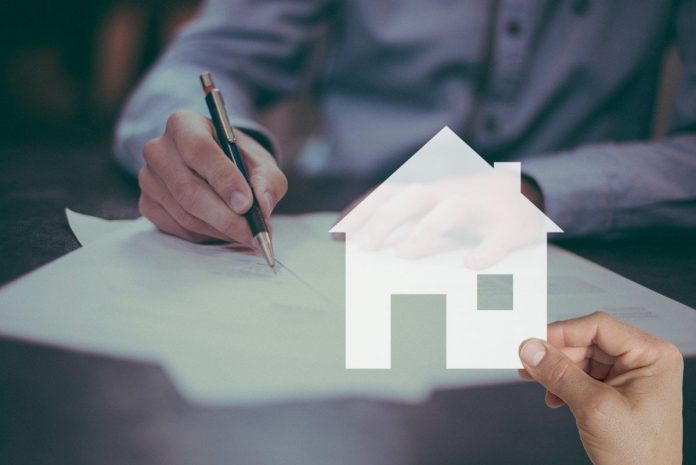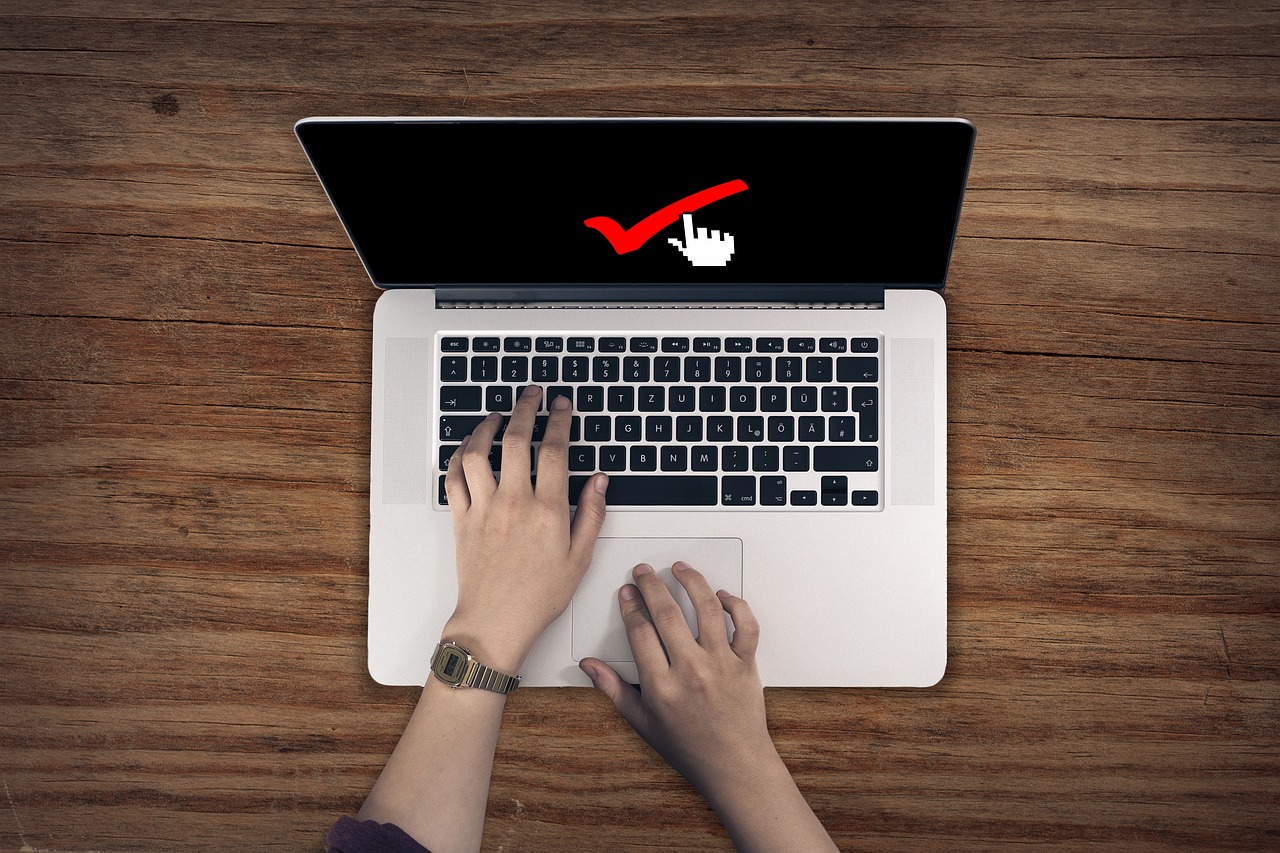The construction of an apartment building takes several years. At different stages of construction, housing costs differently. The cheapest way is to buy everything at the zero stage, the so-called foundation pit, immediately after the official announcement of the start of sales. As the object is ready, the price increases, and the risk that the buyer of an apartment in a building under construction takes on is proportionally reduced. With this investment scheme, if everything is done correctly, the growth is on average 10-15% per year.
What should you do if you don’t have enough money? There are several types of loans that you need to understand before going to the bank. One of them is fix-and-flip loan. A fix-and-flip loan is a cash loan for a specified period, according to which the bank is the lender and the client is the borrower. The terms of fix-and-flip loans should not exceed the limits determined by the charter of the bank. A term loan (for a short-term loan) must be secured by a pledge of goods or valuables (securities, precious metals, foreign currency). Long-term loans are generally not secured by collateral, with the exception of loans to developers (building rights collateral).
You can also buy and rehab properties that are in bad shape and require renovation. However, banks do not lend on such purposes. Hard money refinance is needed in this case. Hard Money is a term used almost exclusively in the United States and Canada, where these types of loans are most common. In commercial real estate, hard money has evolved as an alternative “last resort” for property owners seeking capital versus the value of their assets. Today, high interest rates are the mark of hard cash loans as a way to compensate lenders for the significant risk they are taking.






